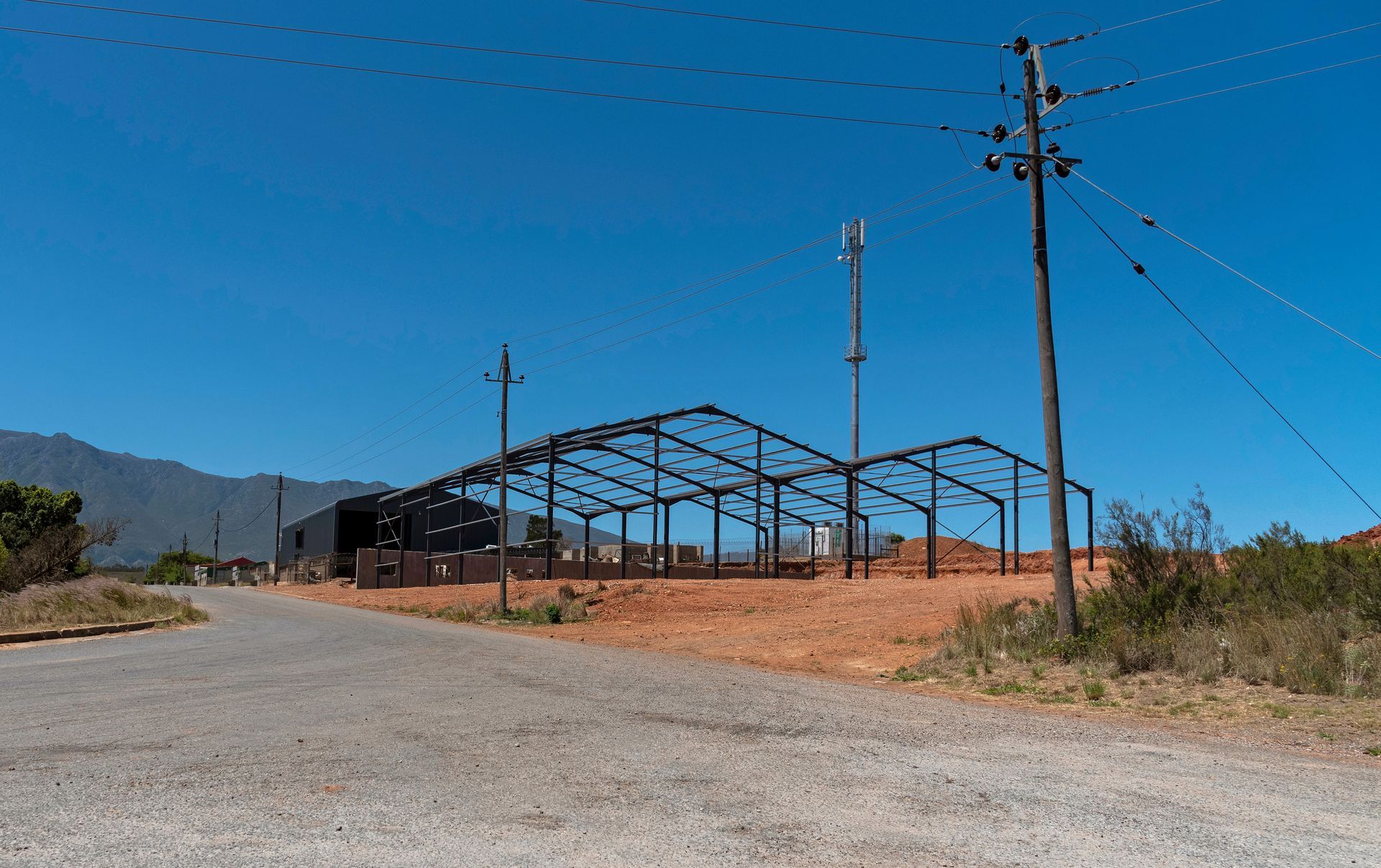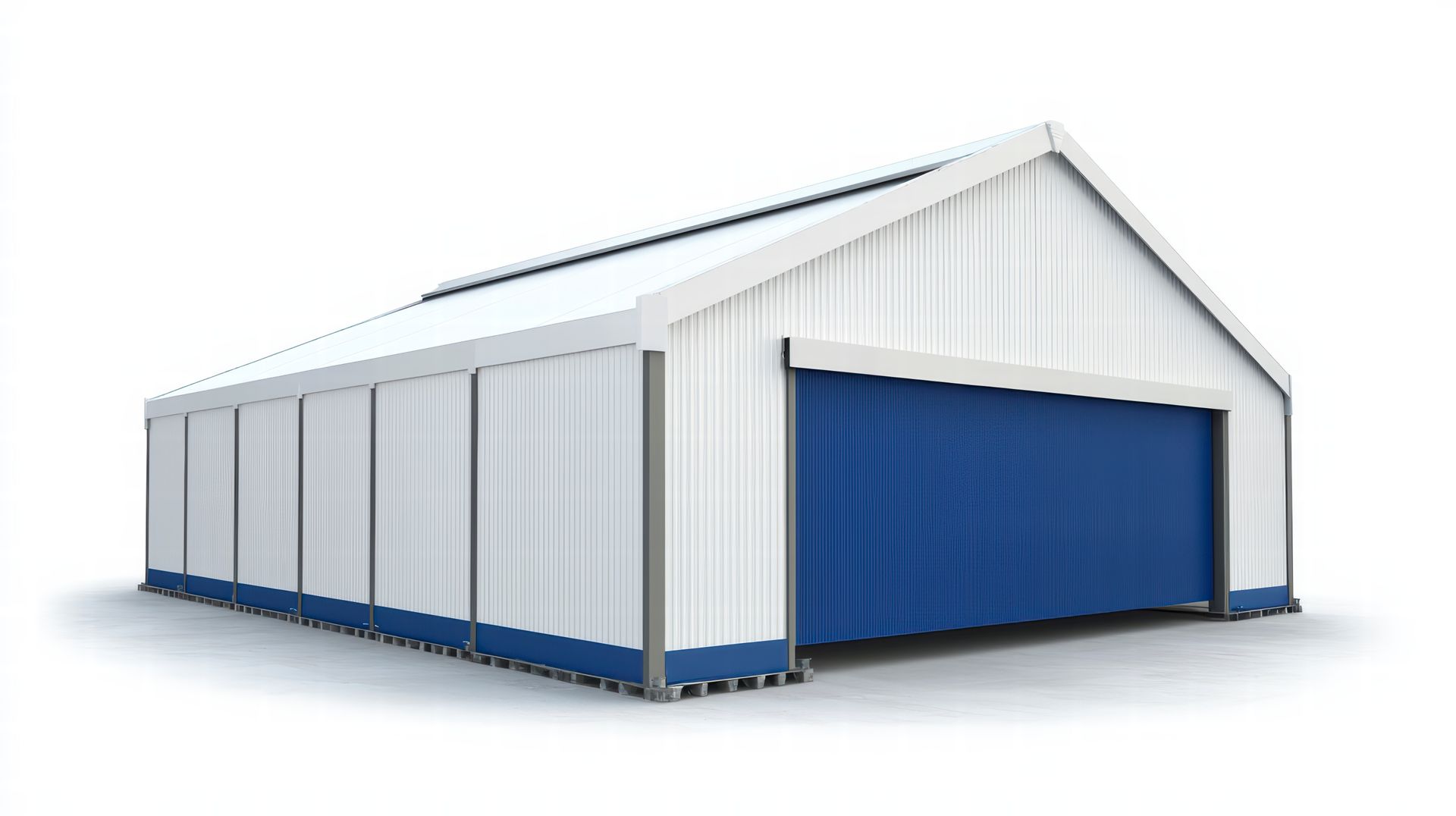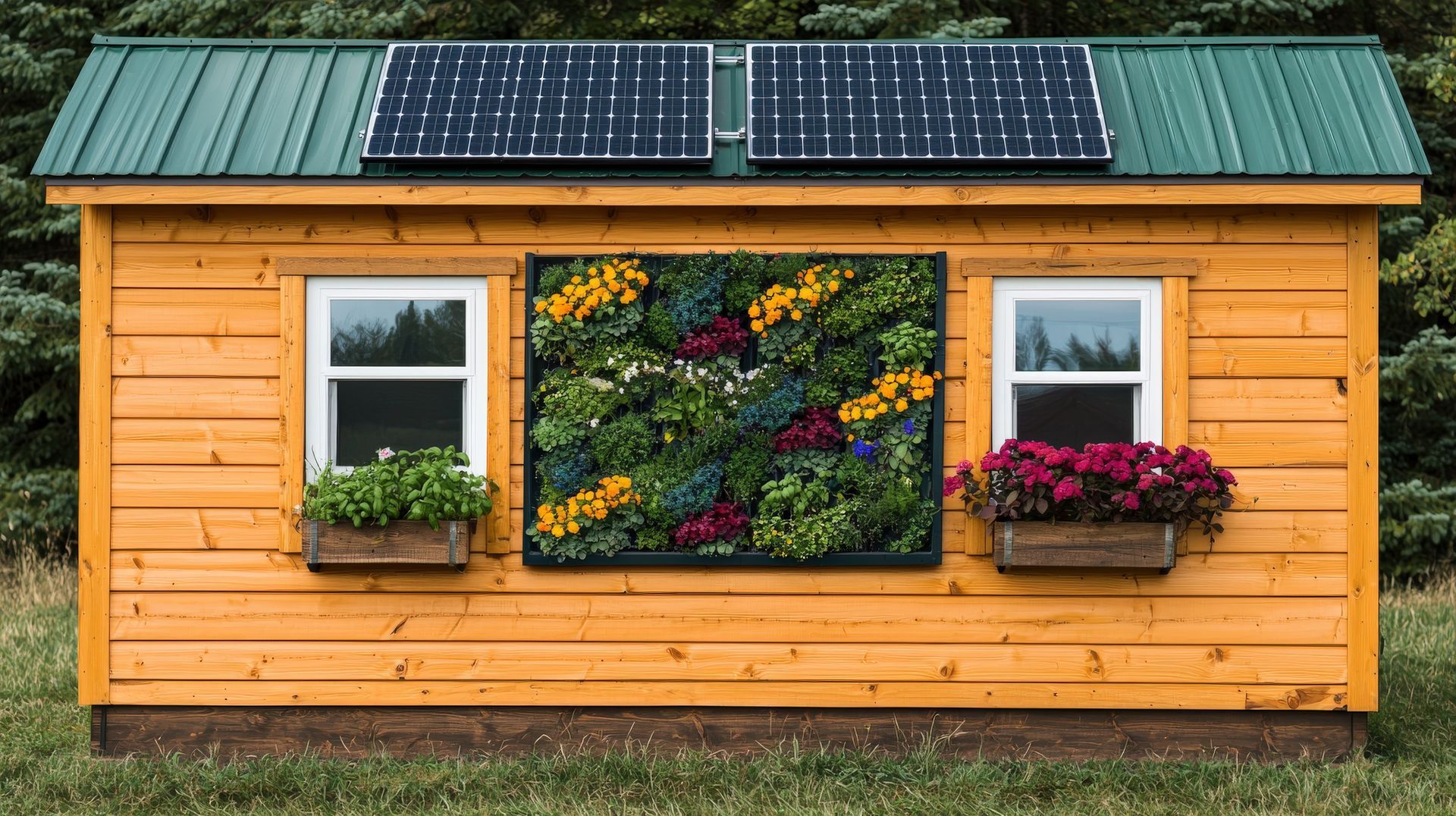
Building a pole barn is a fantastic way to add storage or workspace to your property. The longevity of your pole barn largely depends on the stability and durability of its foundation. Properly preparing the foundation ensures that your pole barn will stand strong for years to come, resisting the forces of nature and daily wear and tear.
The Importance of a Solid Foundation
A pole barn shed is typically built on a series of posts embedded into the ground, which support the entire structure. This method, known as post-frame construction, is efficient and cost-effective but requires careful preparation for longevity and stability.
Steps to Prepare a Foundation for a Pole Barn Shed
1. Site Selection and Preparation
Site selection and preparation are crucial steps in laying the foundation for your pole barn. The process begins with choosing the right location, which involves selecting a level area with good drainage to avoid water pooling around the base of the pole barn. Be sure to steer clear of low-lying areas or spots prone to flooding to minimize the risk of water damage.
Once the ideal location is determined, the next step is to clear the site. This entails removing any vegetation, rocks and debris from the selected area, providing a clean slate to work with and facilitating the grading process.
2. Grading and Leveling the Ground
Grading and leveling the ground are essential steps in preparing the site for your pole barn. Proper grading makes sure that water drains away from the structure, protecting the foundation from potential damage and erosion. This process involves creating a slight slope away from the building site to direct water away effectively.
To grade the site, start by determining the high and low points using stakes and string. Excavate the high points and fill in the low points to create a level base, which can be achieved manually with shovels or using heavy machinery like a skid-steer loader. Once the excavation is complete, check the level of the ground using a carpenter's level or laser level. Adjust as necessary to achieve a consistent, level surface.
3. Marking the Post Locations
- Layout the Building: The perimeter of the pole barn should be outlined using stakes and string. The locations of the posts need to be marked, so that they are evenly spaced according to the building plans.
- Post Spacing: The spacing of the posts typically ranges from 8 to 12 feet, depending on the size and design of your shed. Proper spacing is crucial for structural integrity.
4. Digging the Post Holes
- Determining the Depth:
The depth of the post holes is critical for stability. A general rule of thumb is for holes to be at least one-third the length of the post. For instance, the holes for 12-foot posts should be at least 4 feet deep.
- Post Hole Diameter:
The diameter of the holes should be three times the width of the posts. For standard 6x6 posts, holes should be about 18 inches in diameter.
- Digging the Holes: A post-hole digger or an auger can be used to dig the holes. The bottoms of the holes should be flat and free of loose soil.
5. Setting the Posts
- Adding Gravel for Drainage: Six inches of gravel should be placed at the bottom of each hole to facilitate drainage and prevent the posts from sitting in water.
- Positioning the Posts: The posts are then placed in the holes and adjusted to be vertically level.
- Backfilling the Holes: The holes are then filled with concrete to anchor the posts securely. Concrete should be mixed according to the manufacturer’s instructions and poured to the top of the hole. The concrete needs to set for at least 24 hours before completing construction.
Factors for Optimal Stability
Several factors must be considered when preparing the foundation for your pole barn for its stability and longevity. One critical factor is the type of soil on which the structure will be built. Different soil types have varying characteristics that can affect the stability of the posts. For instance, clay soil tends to hold moisture and expand, while sandy soil drains well but may not support as much weight.
In colder climates, buildings may need to worry about the frost line depth to prevent heaving during freeze-thaw cycles, but that’s not an issue we have to contend with here in Panama City, FL.
One thing that is important to consider in Florida is post-treatment. Using pressure-treated wood for posts is necessary to prevent rot and insect damage, especially for the portion of the post that will be underground. Applying a wood preservative further enhances protection and prolongs the life of the posts.
By addressing these considerations during the foundation preparation stage, you can build a robust and resilient pole barn that stands the test of time.
We’re Ready to Install Your New Pole Barn in Panama City, FL
For over 20 years, Bestway Portable Building Inc. has been dedicated to providing sturdy portable structures of all types to clients throughout the Panama City, FL area. We can design and construct the perfect pole barn shed that suits your needs.
Contact our team today for a free quote or give us a call at (850) 747-8974.





